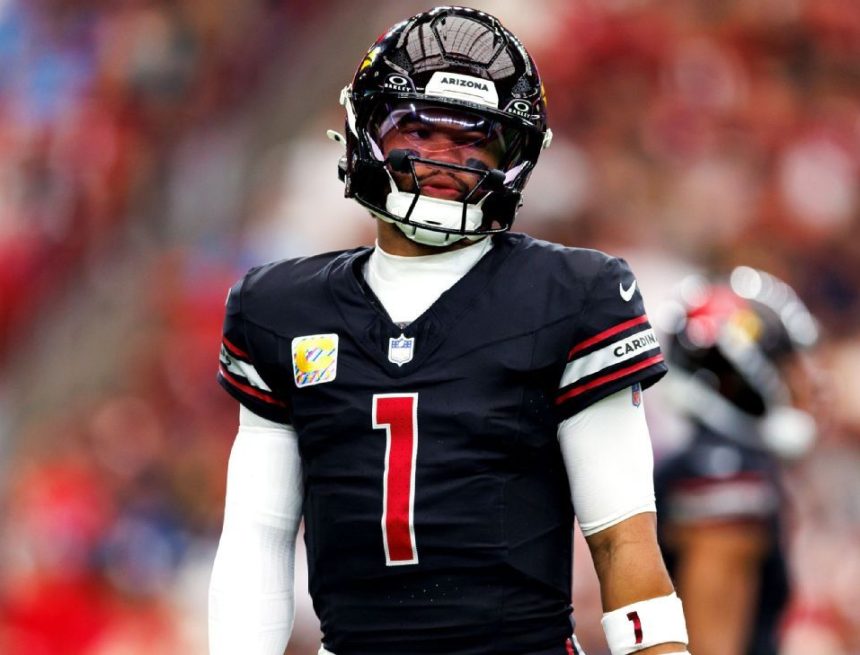A new men’s college basketball season has finally arrived. With it comes inevitable questions, both obvious and arcane, about players, teams and, most importantly, what will happen 5½ months from now. Below are just some of what your intrepid ESPN Bracketologist will be watching in the 19 weeks between now and Selection Sunday.
The first in-season projections of the 2026 March Madness field of 68 will release Nov. 11.

1. Who will secure the four No. 1 seeds on March 15?
Our season-opening projection lists Houston, Purdue, Florida and Duke on the top line of the bracket. History suggests we’ll be only half right, so I’m nominating Purdue and Florida as most likely to deceive. The reasons are that the Big Ten (in Purdue’s case) and the SEC (in Florida’s) have more contenders to chase the respective league favorites. Ultimately, Bracketology is a prisoner of probability, and it’s simply more likely that Houston and Duke ride the wave of their respective conferences to a No. 1 seed.
2. Who do we like in the emerging UConn-St. John’s rivalry?
The Big East has needed a grudge match like this since the end of Villanova’s hegemony in the conference. Both the Huskies and Johnnies are No. 2 seeds on our board to open the season, but we like the former to win the regular-season crown and the latter to cut down the nets at the Big East tournament. The major difference comes later in March, when Rick Pitino leads St. John’s to the Elite Eight and UConn falls in the second round in its chase for Dan Hurley’s third NCAA title.
3. Can the Big Ten really end a quarter-century of NCAA tournament frustration?
Yes. But I don’t think it will be preseason favorite Purdue that takes the conference’s first national championship since 2000. I’ve pushed my chips to the center of the table on Michigan.
4. Are there practical considerations already determining the 2026 NCAA bracket?
More than usual. Houston stepping back as host of the South regional means the Cougars can play in their home town in the Sweet 16 and Elite Eight. Count on this after an opening weekend assignment in Oklahoma City. Another Big 12 entry, BYU, seems fairly locked on a West region placement and even more certain to open NCAA play in Portland (a Thursday-Saturday site) because of the school’s ban on Sunday competition.
On the other side of the country, UConn and St. John’s figure to have easy bus rides (to Philadelphia) when the bracket is revealed. Villanova could also play in Philly, having only three regular-season games scheduled for Xfinity Mobile Arena, but would be happy to see its name anywhere after three straight NCAA misses.
Other schools whose fans should be comfortable booking opening-round hotels: Florida (Tampa), Duke (Greenville, South Carolina), UCLA (San Diego) and Gonzaga (Portland). These and other travel tips are available for no extra charge for longtime Bracketology readers.
5. Which power conference gets the most bids …
The SEC should once again lead the way with the highest number of NCAA bids, although the Big Ten will be within striking distance. What the SEC will not do is match its record bid total (14) from last season. A dozen bids seems like a more realistic number this time around, as it took a perfect storm of metrics and mediocre teams in other multibid conferences for the SEC to hit the mother lode eight months ago.
6. … and which gets the fewest?
Once again, the ACC is listed for this dishonorable mention. The conference’s multiyear decline should be a thing of the past, however, with a healthy number of potential bubble teams that could raise the league’s bid number well above the half-dozen projected at this point, in a push toward double figures.
7. What are the other multibid conferences?
Last season, only the Mountain West (New Mexico, Utah State, San Diego State, Colorado State) and WCC (Gonzaga, Saint Mary’s) snagged extra bids outside the Power 4-Big East cluster. The American and Atlantic 10 sunk to one-bid status mostly as a result of poor nonconference results. This season, the American’s best hope is for a team other than Memphis to win its automatic bid. In the A-10, multiple teams — VCU, Saint Louis, Dayton, Loyola Chicago and sleeper George Washington — have put together rosters good enough to be in the at-large conversation.
8. If ESPN put me in charge of programming, what would the “College GameDay” schedule look like?
With the caveat that this is not actually the “College GameDay” schedule.
![]()
![]()
Jan. 24: Houston at Texas Tech
Could very well be the game of the year in the Big 12, and also double the population of Lubbock for the weekend.
![]()
![]()
Jan. 31: Kentucky at Arkansas
This is a no-brainer in Year 2 of the post-John Calipari era at Kentucky. Remember, the Razorbacks pulled the upset at Rupp Arena a year ago.
![]()
![]()
Feb. 7: Boise State at New Mexico
Let’s branch out a bit and go to The Pit in Albuquerque for the first time in forever.
![]()
![]()
Feb. 14: UCLA at Michigan
If my hunch on the Wolverines is a good one, this would be a colossal showdown of old-school vs. new-school Big Ten.
![]()
![]()
Feb. 21: Tennessee at Vanderbilt
Let’s turn the set 90 degrees at Memorial Gym and look at Rece & Co. sideways (might not be a bad thing …). Also, there haven’t been enough seasons in which the Vols and ‘Dores have been this good at the same time.
![]()
![]()
Feb. 28: Gonzaga at Saint Mary’s
The end of the best and longest rivalry in the history of the West Coast Conference.
![]()
![]()
March 7: North Carolina at Duke
I have to make Cameron Indoor the season’s final stop.


